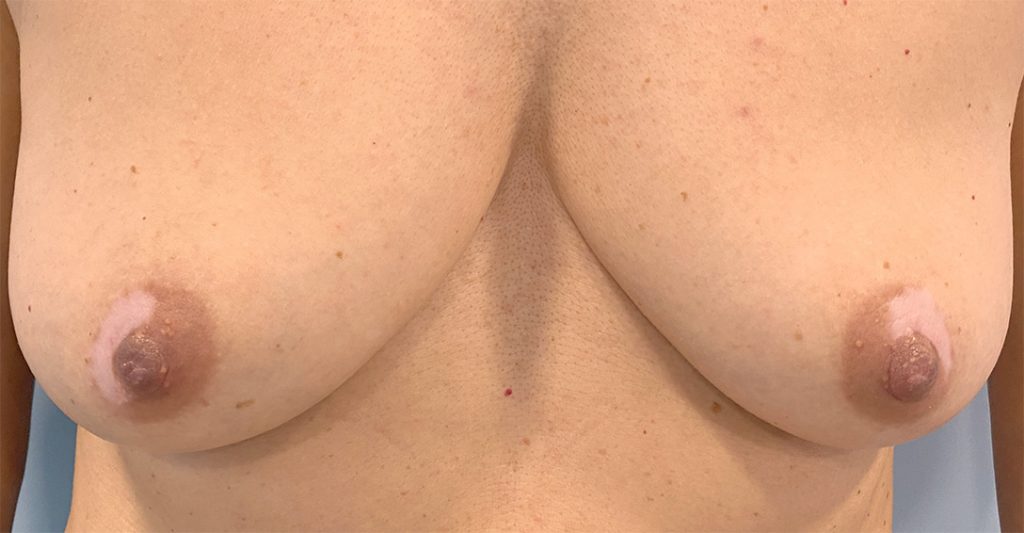
Types of Skin Spots
Skin spots are changes in pigmentation that can appear for various reasons, such as sun exposure, hormonal changes, aging, or even dermatological diseases. Among the most common types of spots, we find:- Hyperpigmentation: Dark spots caused by an excess of melanin, like freckles, melasma, and solar lentigines.
- Hypopigmentation: White spots or spots lighter than the rest of the skin, like vitiligo, where there is a decrease in melanin production.
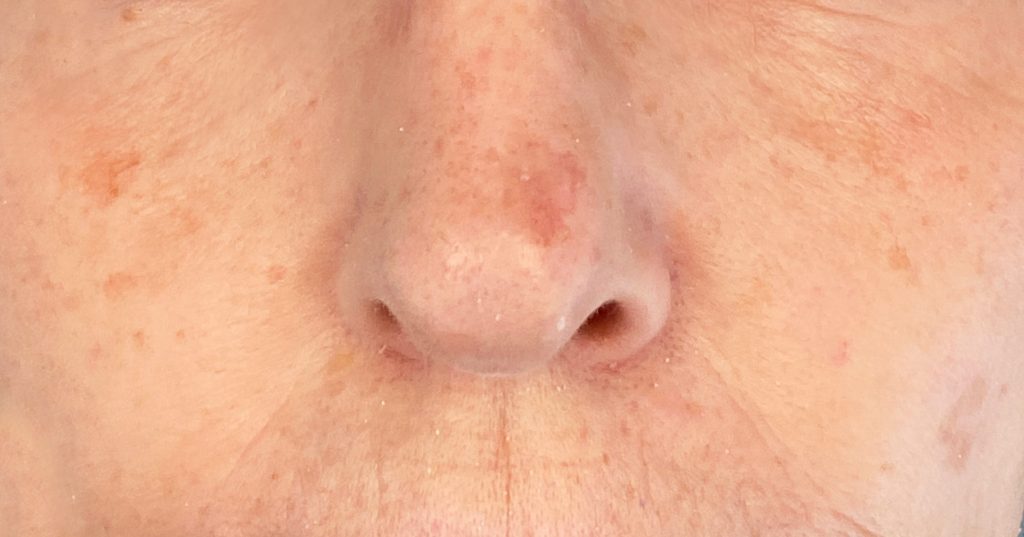
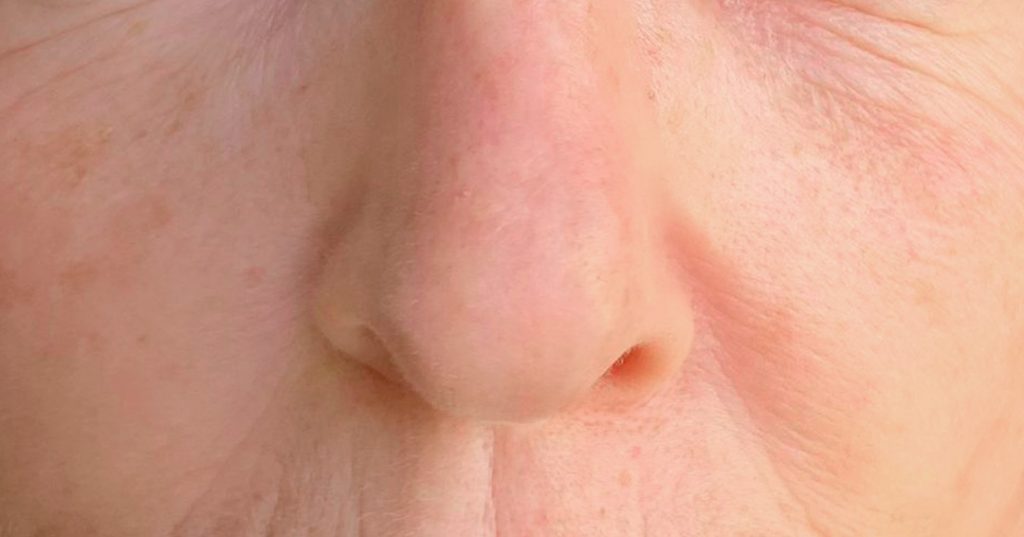
Hyperpigmentation
Ephelides (Freckles): Characteristics and Causes
Commonly known as freckles, these are one of the most common forms of facial pigmentation, small in size and brown in color.
Simple Lentigo: Age Spots and Their Appearance
These spots are a common manifestation of skin aging. They can vary in size from a few millimeters to 2 cm, and are usually benign. Simple lentigo can appear anywhere on the body and is not always the result of sun exposure.
Solar Lentigo: Sun Spots and Their Relation to Sun Exposure
Solar lentigo, or sun spots, is a form of pigmentation similar to simple lentigo, but is directly related to sun exposure. These light brown spots have defined borders and a flat shape. Although they rarely exceed a centimeter in diameter, they can be mistaken for freckles.
Post-inflammatory Hyperpigmentation: Causes and Characteristics
Post-inflammatory hyperpigmentation is a form of pigmentation that arises after an injury or trauma to the skin. This type of pigmentation can vary in color from pink to brown, tan or violet, depending on the type of skin. It is more common in darker skin tones and can be the result of traumas, previous scars such as acne or eczema, or dermatological procedures like dermabrasion, laser therapy, and chemical peels.
Melasma (Chloasma): Symptoms and Risk Factors
Melasma, also known as chloasma, appears as a symmetrical, patchy skin spot due to increased melanin production. This condition has a strong genetic predisposition and is usually located on the forehead, cheeks, nose, chin, and perioral area. Melasma is common during pregnancy, occurring in 70% of pregnant women, and can also be related to menopause or continuous use of contraceptives. Sun exposure can worsen this condition.
Hypopigmentation
Vitiligo: Signs and Causes
Vitiligo is a form of hypopigmentation where the skin loses its color in patches of varying sizes due to the destruction of the pigment-producing cells in the skin, the melanocytes.
Hypomelanosis: Characteristics and Risk Factors
Hypomelanosis is a condition that causes the appearance of small white or pale spots on the skin, especially on the arms and legs.
Post-inflammatory Hypopigmentation: Causes and Characteristics
Post-inflammatory hypopigmentation is a decrease in skin pigmentation that occurs after a skin injury or inflammation (white spots or lighter spots on the skin).
How Micropigmentation Can Help You Treat Skin Spots
Through micropigmentation, we camouflage both types of spots by implanting biocompatible pigments into the epidermis, simulating the natural tone of the skin. The effect is as if you applied makeup only in the spot area to disguise, but with the advantage that you won’t need to apply it every day and the spot is completely camouflaged! The process involves introducing color pigments beneath the skin with the help of a dermograph; a medical aesthetic device, specially designed for micropigmentation treatments.We achieve a uniform and balanced appearance in pigmentation, improving the appearance and self-esteem of those who suffer from it.
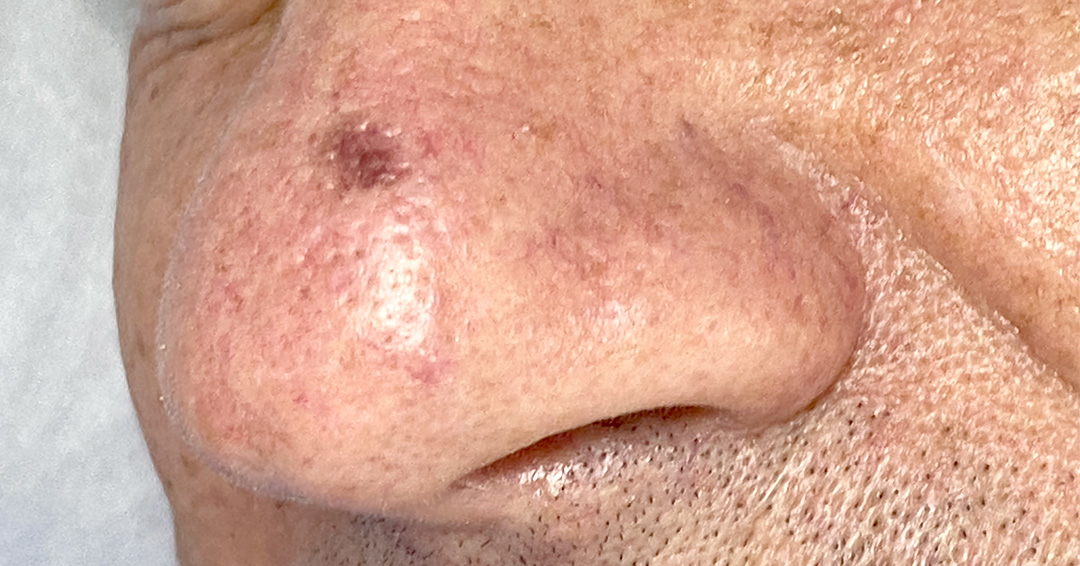
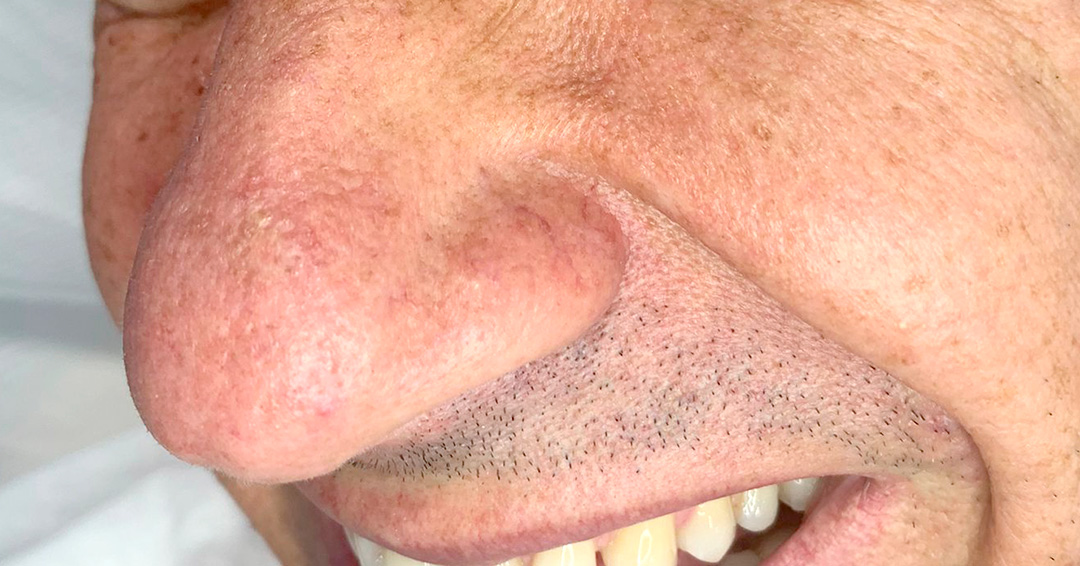

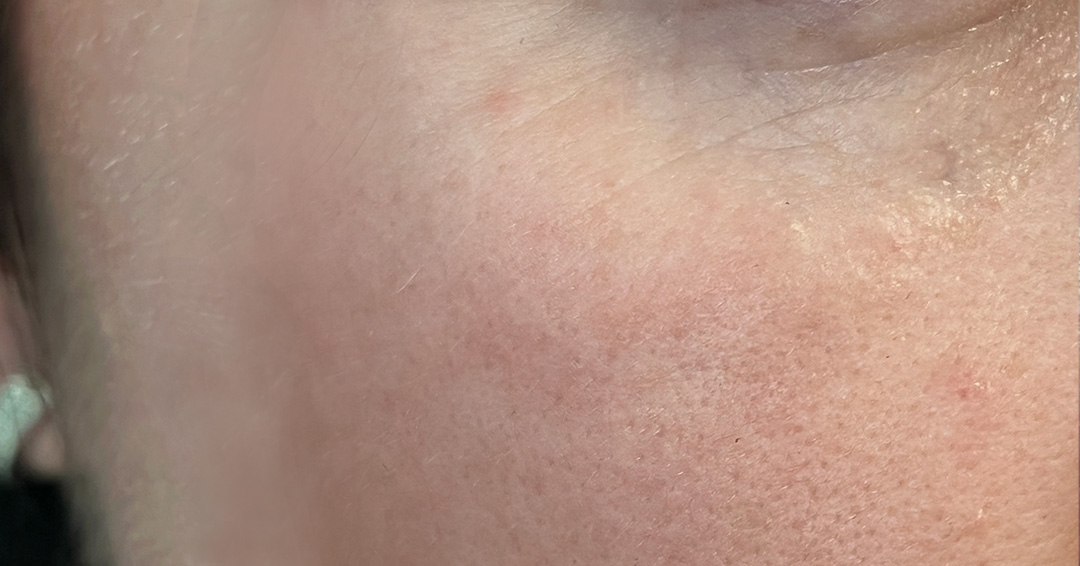
Micropigmentation to Treat Sun-induced Spots
We help camouflage sun spots by implanting pigments in the epidermis. We carefully select pigments that match the tone of the surrounding skin, achieving natural and lasting results and improving the appearance of skin affected by hyperpigmentation. This non-invasive procedure is ideal for disguising hyperpigmented areas caused by sun exposure, as it integrates the implanted pigment with the existing skin color, evening out the tone and minimizing the appearance of spots. The results can last between two and three years, depending on factors such as age, genetics, skin type, care, and sun exposure.Micropigmentation to Treat Vitiligo-induced Spots
Vitiligo is a condition that causes loss of pigmentation in the skin, resulting in depigmented areas. Through micropigmentation, we can camouflage these spots. It is very important that the evolution of the disease has ended; otherwise, the micropigmentation treatment could be rejected. The procedure involves introducing pigments into the epidermis of the depigmented areas, thus improving the appearance of the skin affected by vitiligo. Although it does not cure the condition, micropigmentation can significantly improve the quality of life of patients, increasing their confidence and well-being. Camouflaging the spots caused by vitiligo is a delicate process that requires great skill and experience. At Omicroart, we provide training and courses to professionals, we are specialists in the treatment of skin spots.Vitiligo causes loss of pigmentation due to alteration in melanin-producing melanocytes.
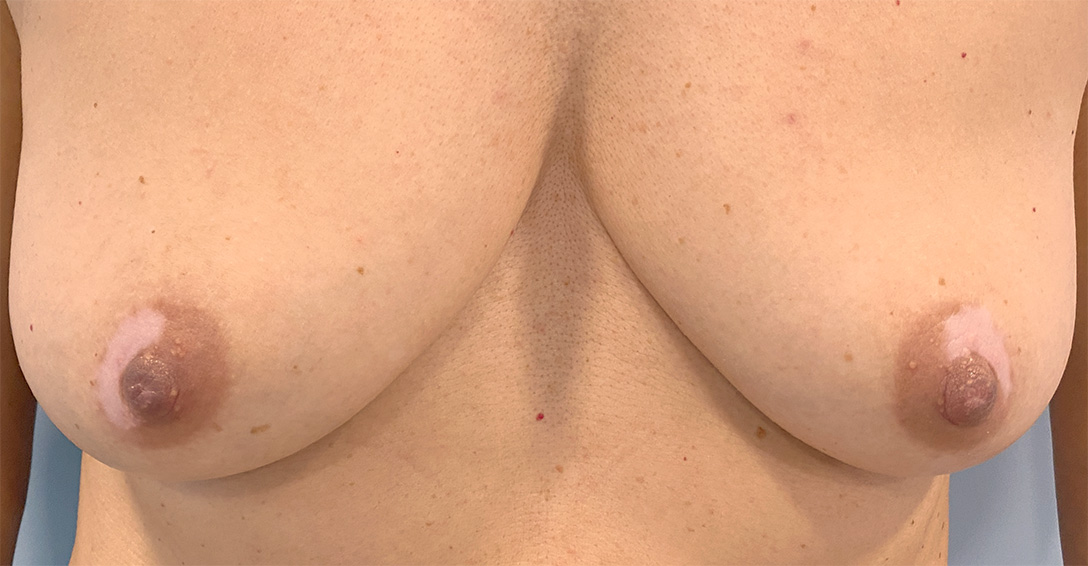
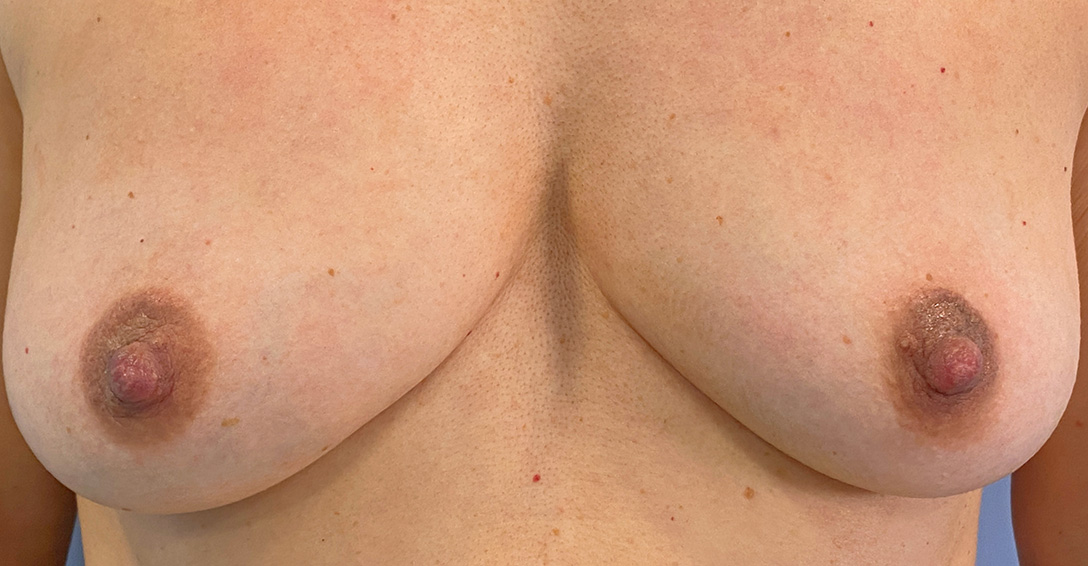
How Long Does Micropigmentation Treatment Last on a Vitiligo Spot?
The duration of a micropigmentation treatment on a vitiligo spot depends on the following factors:
- Disease Progression: The evolutionary process of the disease must have ended.
- Depth of Application: The pigments are applied to the most superficial layer of the epidermis, achieving visible results in the short term, such as within 4 to 6 weeks.
- Type of Pigments: There are mineral pigments, which are characterized by their longer duration compared to natural pigments. Natural pigments are subject to metabolism, which influences the permanence of the treatment, and tend to disappear over time.
Contact us and find out how we can help you have the skin you deserve!





